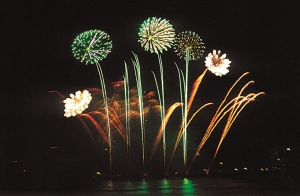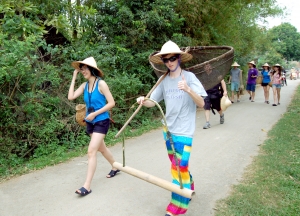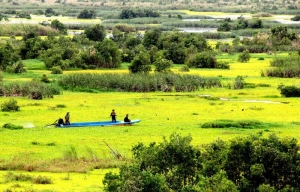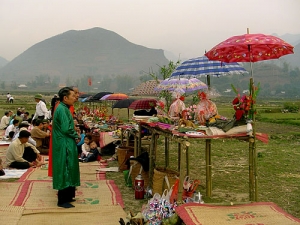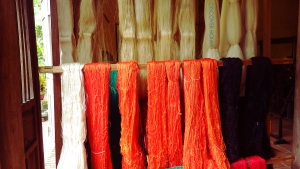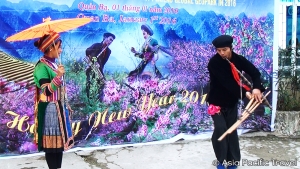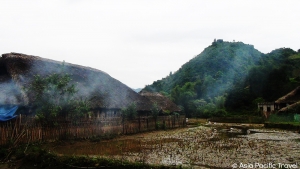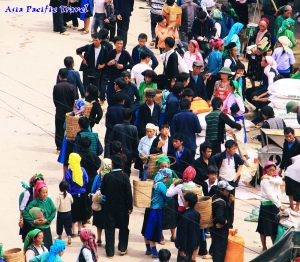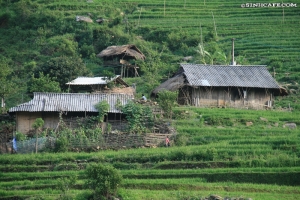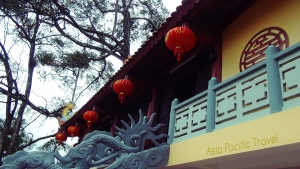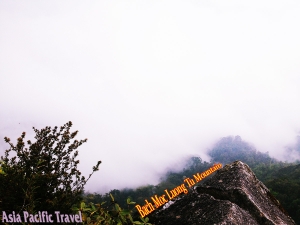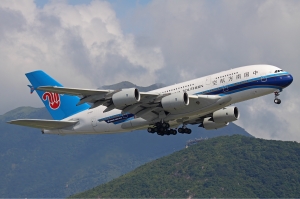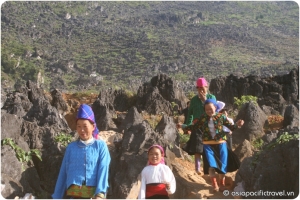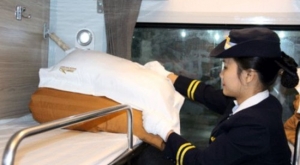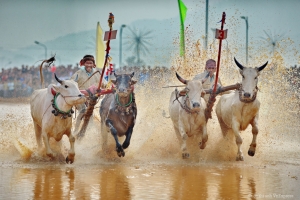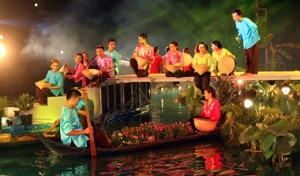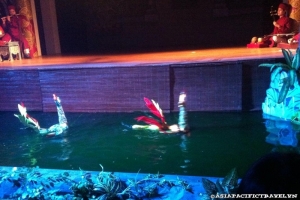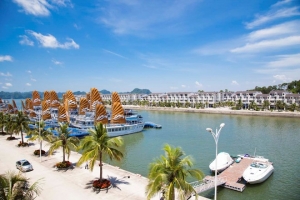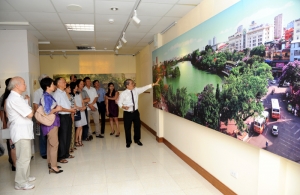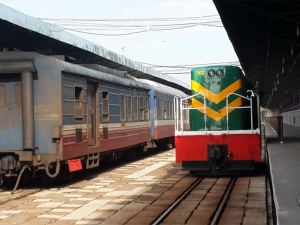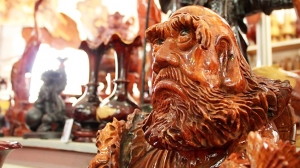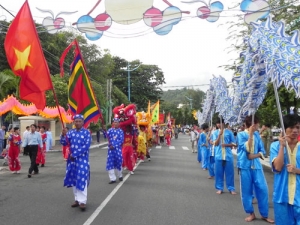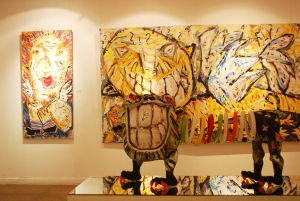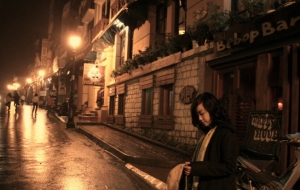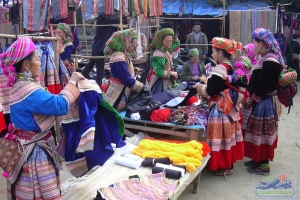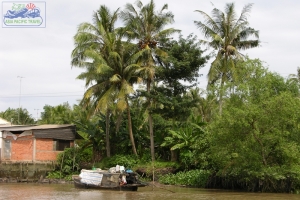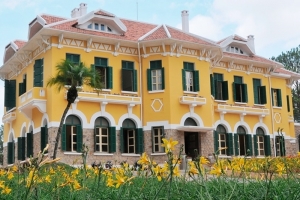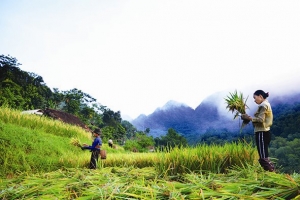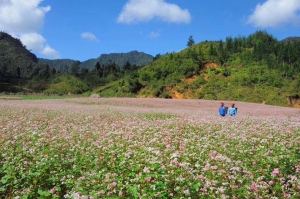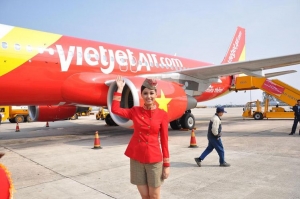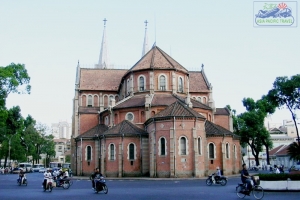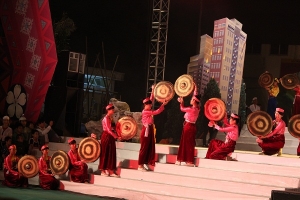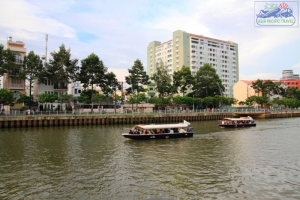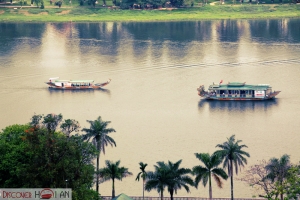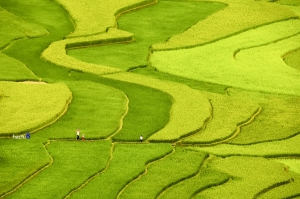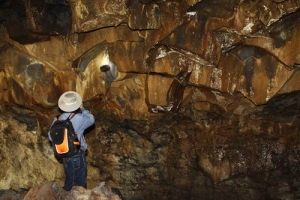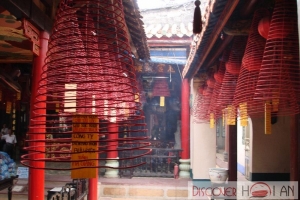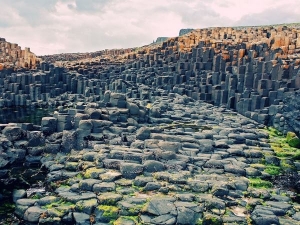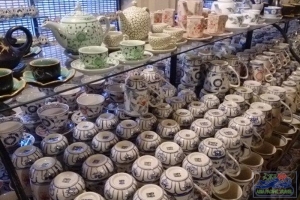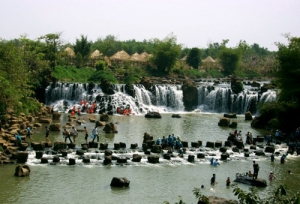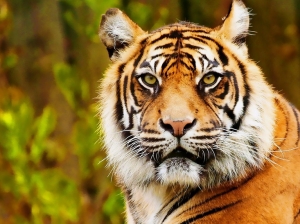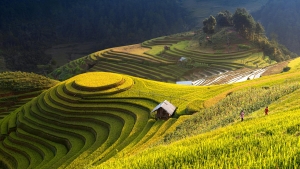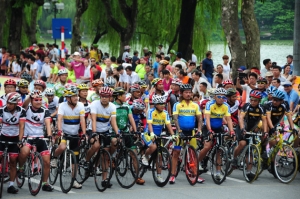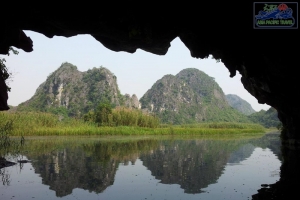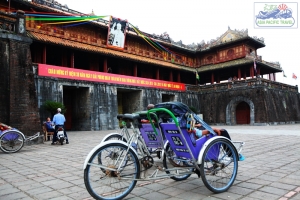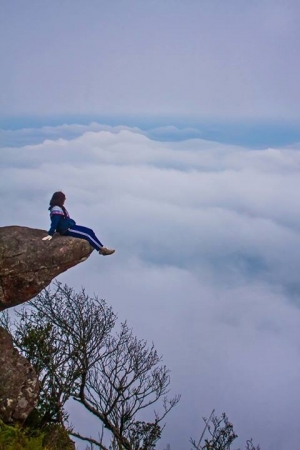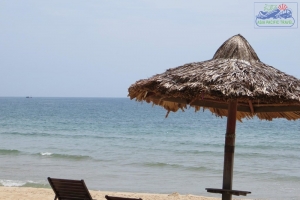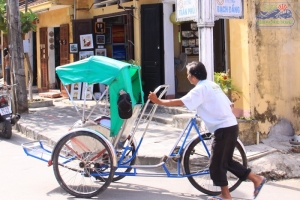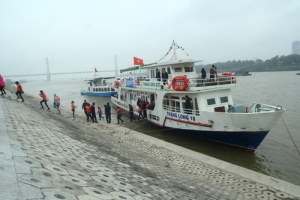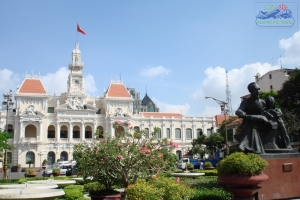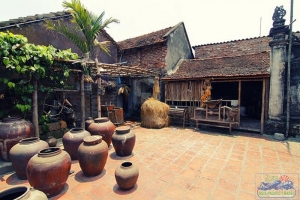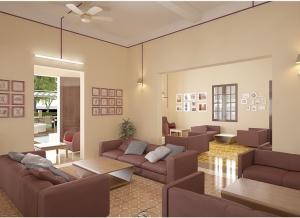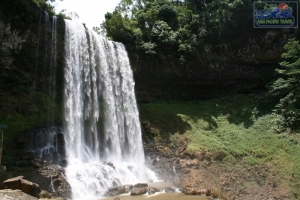Travel guide
Name of ethnic group: Muong (Moi, Mual, Moi, Moi Bi, Au Ta and Ao Ta) Population: More than 1,137,515 people (Year 1999) Locality: The largest population is concentrated in Hoa Binh Province and the mountainous districts of Thanh Hoa Province. Customs and habits: In former days, the "lang dao" system characterized Muong society. The "lang…
Name of ethnic group: Ngai (Ngai Hac Ca, Lau Man, He, Sin, Dan, and Le) Population: 4,841 people (Year 1999) Locality: Quang Ninh, Bac Giang, Bac Ninh Lang Son, Cao Bang, Bac Kan and Thai Nguyen provinces. Customs and habits: A typical Ngai house consists of three rooms. All families have ancestor altars, and all…
Name of ethnic group: Pa Then (Pa Hung and Tong)Population: 5,569 people (Year 1999)Locality: Concentrated in communes of Ha Giang and Tuyen Quang provinces.Customs and habits: Pa Then houses are built either on stilts, level with the ground, or half on stilts and half on the earth. Marriage is strictly forbidden within the same lineage.…
In spring, when the apricot flower forest blooms out with white, it signs a wedding season coming with brocade colors in many villages throughout the North West and North-East. The Mong has custom taking his beloved girl to home to become his wife (as robbing wife) As a young man who knew a girl and…
Proper name: Anak Ede. Other names: Anak, Ea De, Ra De (or Rha De), E De, Egar, De. Local groups: Kpa, Adham, Krung, Mdhur, Ktul, Dlie, Hrue, Bih, Bio, Kah, Kdrao, Dong Kay, Dong Mak, Ening, Arul, Hwing, Ktle, Epan… Population: 194,710 people. (1999 census). Language: The Ede language belongs to the Malayo-Polynesian group (Austro-nesian language family). History: The Ede have…
Name of ethnic group: Xtieng (Xa Dieng)Population: 66,788 people (Year 1999)Locality: The Xtieng live in four northern districts of Binh Phuoc Province and in Dong Nai and Tay Ninh provinces.Customs and habits: The Xtieng live a sedentary lifestyle. Each family builds its own house. Each village is led by an elderly man who must be…
Name of ethnic group: Xinh Mun (Puoc, and Pua)Population: 18,018 people (Year 1999)Locality: Son La and Lai Chau provinces and along the Vietnamese-Lao border regions.Customs and habits: Xinh Mun houses are built on stilts, have vaulted roofs shaped like a tortoise shell and stairways at both ends of the house. The children take the family…
Name of ethnic group: Tho (Keo, Mon, Cuoi, Ho, Tay Poong, Dan Lai, and Ly Ha) Population: 68,394 people (Year 1999) Locality: The Tho live in the western parts of Nghe An Province. Customs and habits: Formerly, the Tho lived in houses built on stilts. Now they prefer houses built on the ground. Close relationships…
Name of ethnic group: Ta Oi (Toi Oi, Pa Co, Ba Hy, and Ba Ghy)Population: 34,960 people (Year 1999)Locality: A Luoi District of Thua Thien-Hue Province and Huong Hoa District of Quang Tri Province.Customs and habits: The communal house of the Ta Oi is called the Rong. It is built at the centre of the…
Name of ethnic group: Ro MamPopulation: 301 people (Year 1999)Locality: The Ro Mam live in Le Village, Mo Rai Commune, Sa Thay District of Kon Tum Province.Customs and habits: The village of the Ro Mam is called a "de". It is headed by an old chief. Each family is comprised of 10-20 people of various…
Name of ethnic group: Pu Peo (Ka Beo, Penti, and Lo Lo)Population: 705 people (Year 1999)Locality: Concentrated along the Sino-Vietnamese border in Dong Van, Yen Minh, and Meo Vac districts of Ha Giang Province.Customs and habits: Houses are usually built on the ground in tiny clusters be side a Hoa or H'Mong village. Each family…
Name of ethnic group: Phu La (Xa Pho, Bo Kho Pa, Mu Di Pa, Pho, Va Xo and La Dun Dang)Population: 9,046 people (Year 1999)Locality: Lai Chau, Son La, Lao Cai, and Ha Giang provinces. The largest settlements are in Lao Cai Province.Customs and habits: The Phu La worship their ancestors and believe in animism.…
Topography Vietnam has five main land regions. The North consists of the Northern Highlands and the Red River Delta, and the South is made up of the Annamite Mountain Range, the Coastal Lowlands, and the Mekong Delta. It has a sizeable mountain range in the northwest (an offshoot of the Himalayas), heavily forested uplands, extensive…
HANOI CAPITAL Square: 3344,6 km2 ; Population: 6561,9 thousands people (2010) Districts: Hoan Kiem, Ba Dinh, Dong Da, Hai Ba Trung, Tay Ho, Thanh Xuan, Cau Giay, Long Bien, Hoang Mai, Dong Anh, Soc Son, Thanh Tri, Tu Liem, Gia Lam, Ha Dong, Son Tay, Ba Vi, Phuc Tho, Dan Phuong, Thach That, Hoai Duc, Quoc Oai, Chuong My, Thanh Oai,…
Square: 2095,5 km2 Population: 7396,5 thousands people (2010) Districts: District 1, District 2, District 3, District 4, District 5, District 6, District 7, District 8, District 9, District 10, District 11, District 12, Tan Binh, Binh Thanh, Phu Nhuan, Thu Duc, Go Vap, Binh Tan,Tan Phu, Nha Be, Can Gio, Hoc Mon, Cu Chi, Binh Chanh OVERVIEW: If you…
Square: 3536,8 km2 Population: 2149,5 thousands people (2010) City: Long Xuyen City. Town: Chau Doc. Districts: An Phu, Tan Chau, Phu Tan, Chau Phu, Tinh Bien, Tri Ton, Cho Moi, Chau Thanh, Thoai Son. OVERVIEW: An Giang is located west of the Mekong Delta between the Tien Giang and Hau Giang Rivers and shares a 95-km border with Cambodia. It is…
Square: 4859,4 km2 Population: 296,5 thousands people (2010) Districts: Bac Can Town, Ba Be, Ngan Son, Cho Don, Na Ri, Cho Moi, Bach Thong, Pac Nam OVERVIEW: Bac Kan, also spelt as Bac Can, is a province of Vietnam. It is located in the northeastern part of the country, due north of the capital Hanoi. Bắc Kạn is the…
Population: 22,567 people (Year 1999) Locality: Dong Nai, Binh Thuan, Binh Phuoc and Binh Duong provinces. Customs and habits: The Cho Ro lives in houses built on stilts and on the ground. Both patriarchal and matriarchal customs have significance in the family life of the Cho Ro. The Cho Ro believes that all things have…
Name of ethnic group: Chu Ru (Cho Ru and Ru)Population: 14,978 people (Year 1999)Locality: Don Duong District in Lam Dong Province and Binh Thuan Province. Customs and habits: The Chu Ru worship their ancestors and these rituals are carried out in the cemetery. Each family in the Chu Ru clan consists of three to four…






















